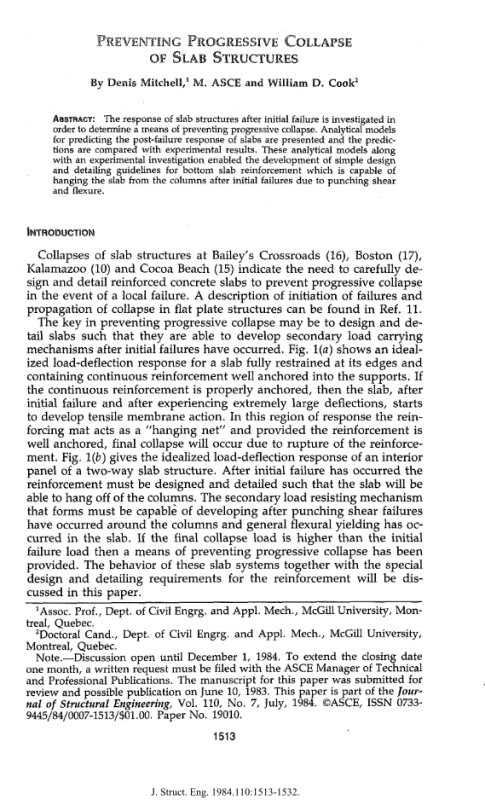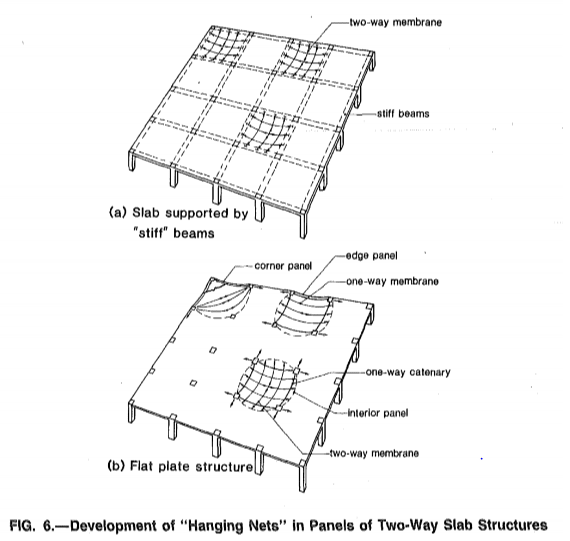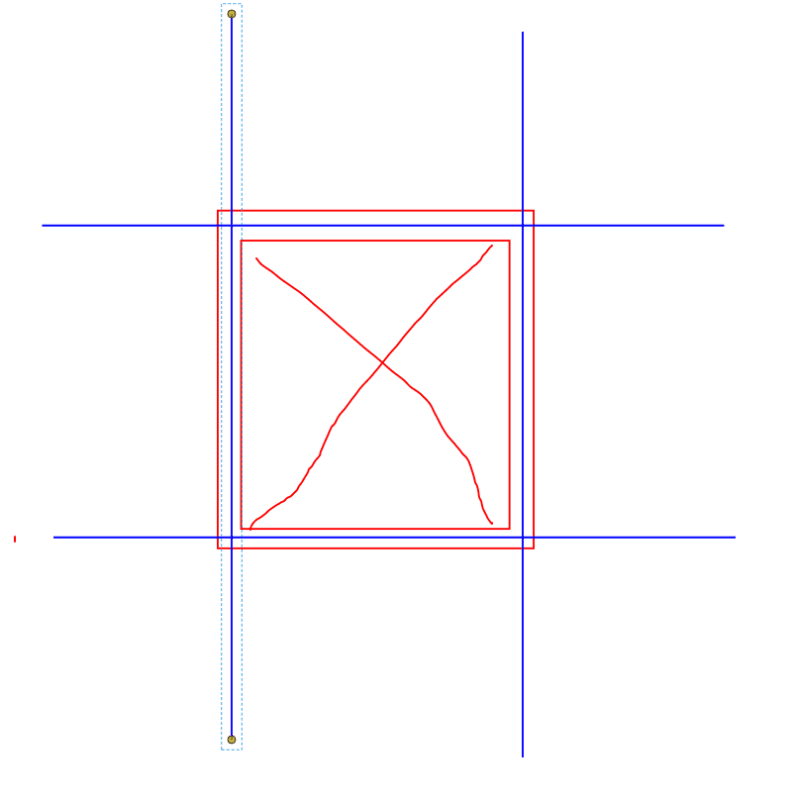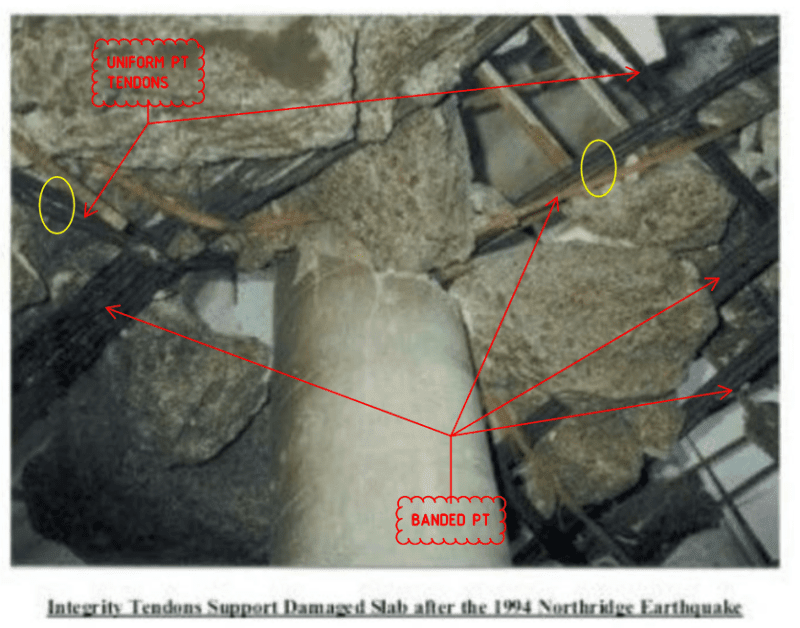Good morning,
I am working on a post tensioned concrete slab, and have an opening cutting off my core wall from the slab.
Usually I would run tendons through the core wall, ensuring that they can exit the other side. From my understanding, this is to meet integrity reinforcing requirements.
If I can provide enough integrity reinforcement in the opposite direction, is there a concern with dead-ending tendons at the face of the opening?
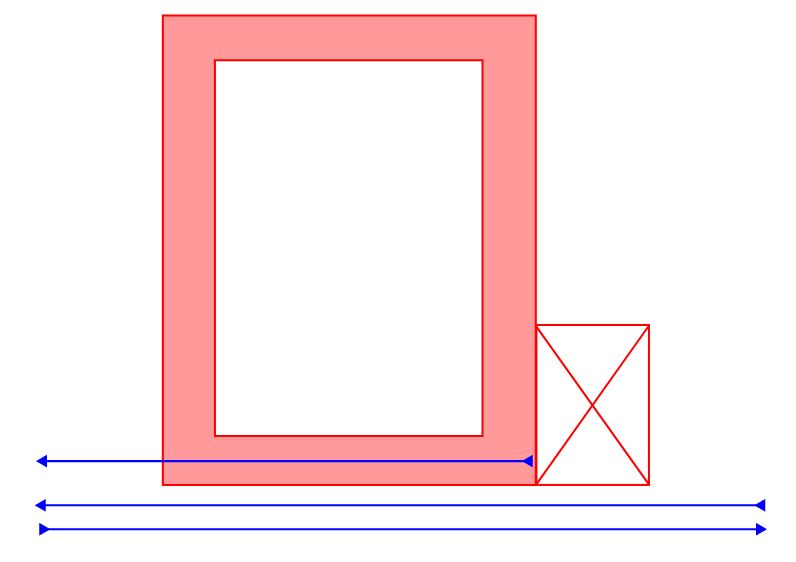
I am working on a post tensioned concrete slab, and have an opening cutting off my core wall from the slab.
Usually I would run tendons through the core wall, ensuring that they can exit the other side. From my understanding, this is to meet integrity reinforcing requirements.
If I can provide enough integrity reinforcement in the opposite direction, is there a concern with dead-ending tendons at the face of the opening?


